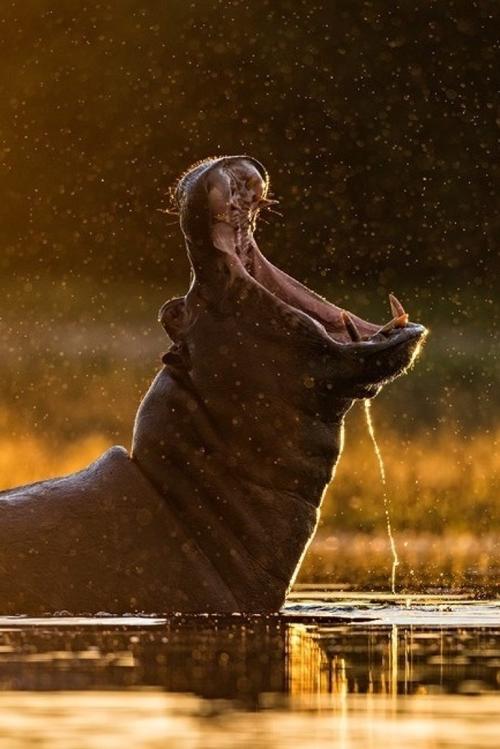
Hippopotamus are large herbivores second only to elephants and rhinos in size, and are also very ferocious. Hippopotamus have hairless bodies, short and clumsy limbs, wide mouths with sharp tusks. Hippopotamus' eyes, external ears and nostrils are all exposed and protruding....
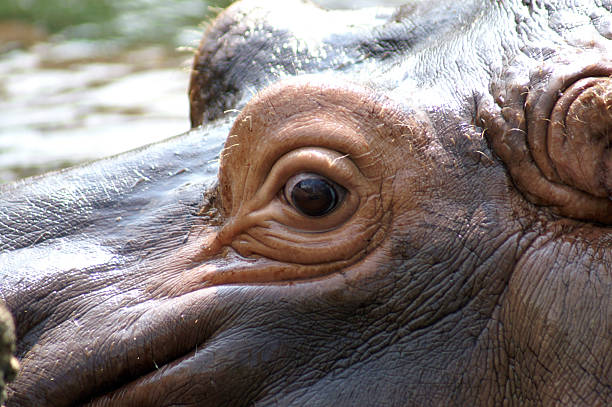
Hippopotamus (Hippopotamus amphibius) are one of the largest land animals on Earth, living in rivers and lakes in Africa. Although their large size and thick skin make them look bulky, hippos have a very unique adaptive feature: their eyes are located very high on their heads. This feature is not ju...
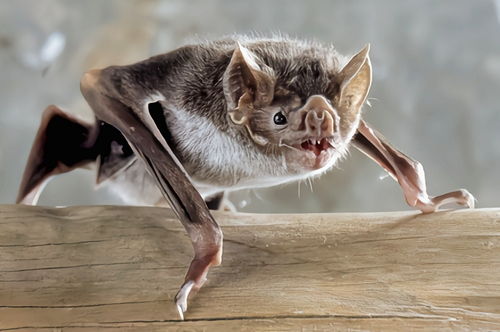
There are animals of all shapes and sizes living on Earth, some of which are even amazing. Here are 10 of the world's strangest animals, known for their unique appearance and strange habits.1. Vampire BatAppearance: A small bat, about 8-10 cm long, with gray fur and sharp teeth around its mouth....

What is the most dangerous animal in the world besides mosquitoes?When talking about the most dangerous animals in the world, many people may first think of It's the mosquito. Mosquitoes kill tens of thousands of people every year by spreading deadly diseases like malaria, dengue and yellow feve...
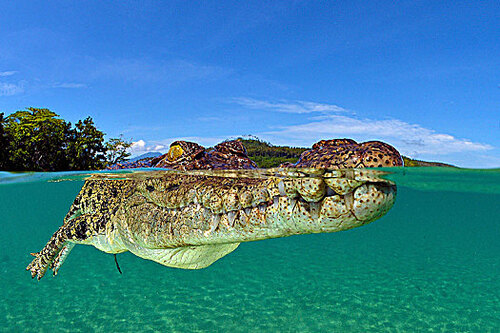
In nature, the strength of bite force is one of the key characteristics of animal survival, especially for predators, a strong bite force means better hunting ability and the advantage of protecting themselves. Bite force is usually measured in Newtons (N), which represents the force exerted when th...
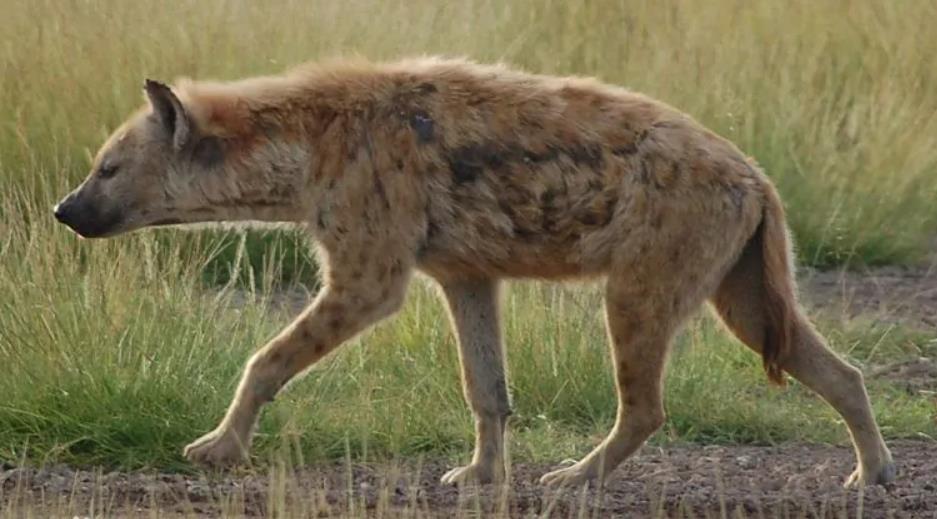
1、African elephantAfrican elephants are the largest land mammals, and males and females are dimorphic (both sexes differ in shape or physical characteristics). An adult African male elephant is taller than 3.5 meters, and can reach up to 4.1 meters. Weighing approximately 2.7 to 6 tons, females are...

"Natural enemy" refers to another animal in nature that can hunt other animals and use it as its main food source. These animals often pose a serious threat to their prey and are therefore called "natural enemies". Natural enemies are an important component that exists in various ecosystems a...

1. African Elephant The African elephant is the largest mammal on land. Male and female are dimorphic (male and female have different body shapes or physical characteristics). An adult African male elephant is taller than 3.5 meters, and can reach up to 4.1 meters. Weighing approximately 2.7 to 6 tons, females are smaller than males, with the heaviest recorded being 13.5 tons. They can live in a variety of natural environments from sea level to 5,000 meters above sea level, including forests, op...